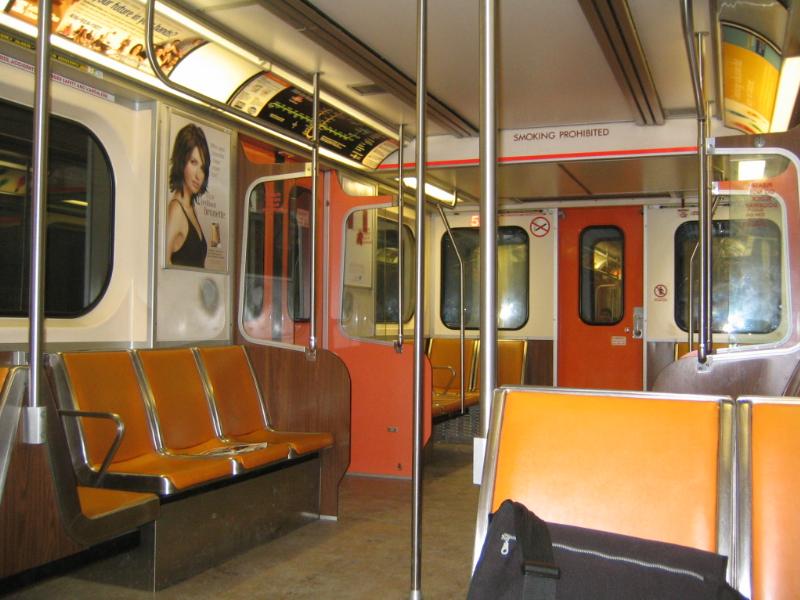The heart of the problem is that the automatic control system cannot keep up with the rapid arrival and departure of trolleys during peak hours, when a trolley arrives about every 50 seconds.
"Look at that. It's brake and go, brake and go," a frustrated trolley driver said last week, pointing to a red light on his instrument panel. Each time the light came on, he had two seconds to slow the trolley or an automatic brake would kick in.
Operators complain that trolleys are routinely 30 minutes to an hour behind schedule during peak periods, and they blame the control system. They say they made much better time with the old-fashioned wayside signal lights and manual braking.
Five Green Line subway-surface routes carry about 90,000 riders a day, converging on the tunnel at two portals in West Philadelphia. The five routes use 112 electric trolleys, which run at street level under manual control after they leave the tunnel.
After about four years of design and installation, SEPTA put the automatic system into part-time operation in the tunnel in May 2005. Because of continuing rush-hour problems, though, SEPTA kept using the manual system during peak hours for three years.
That ended after 11 people suffered minor injuries July 22 when a trolley ran into the back of a stationary trolley at the 13th Street station and knocked it into a third stopped trolley.
It was the kind of accident the automatic system was created to avoid, and SEPTA officials decided to put the system into full-time operation.


